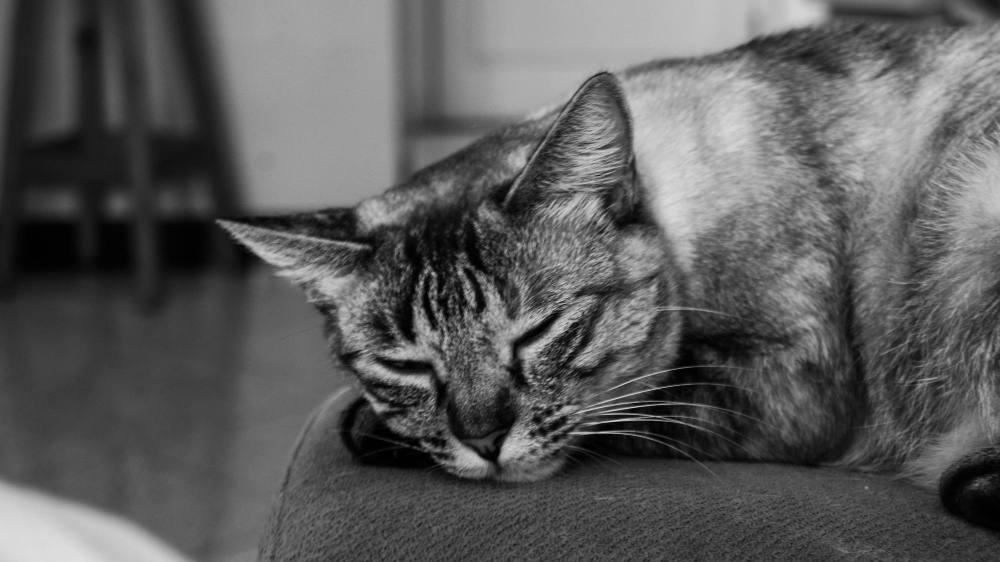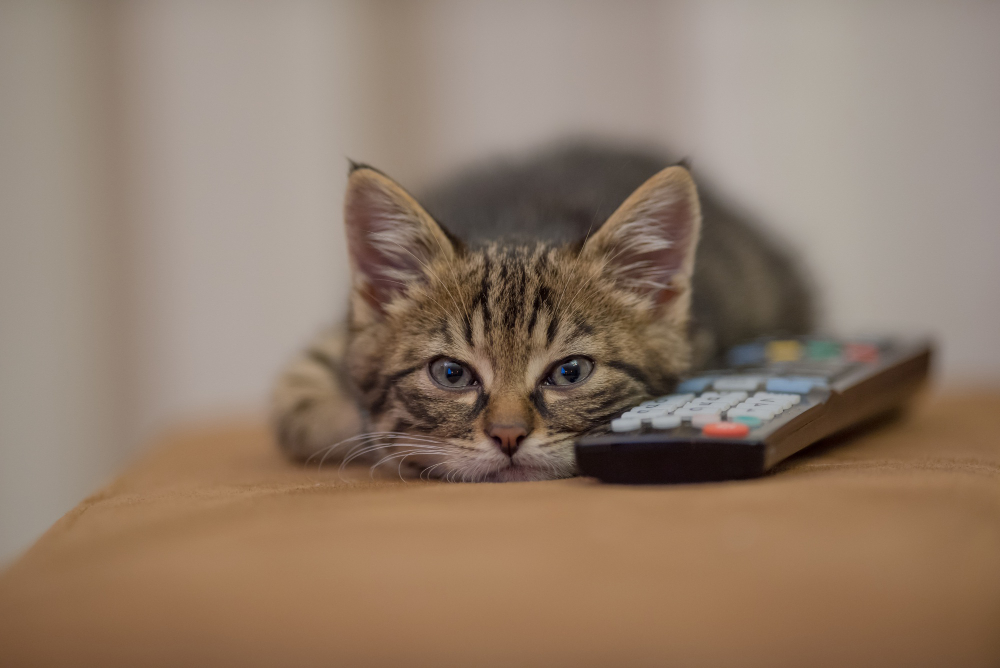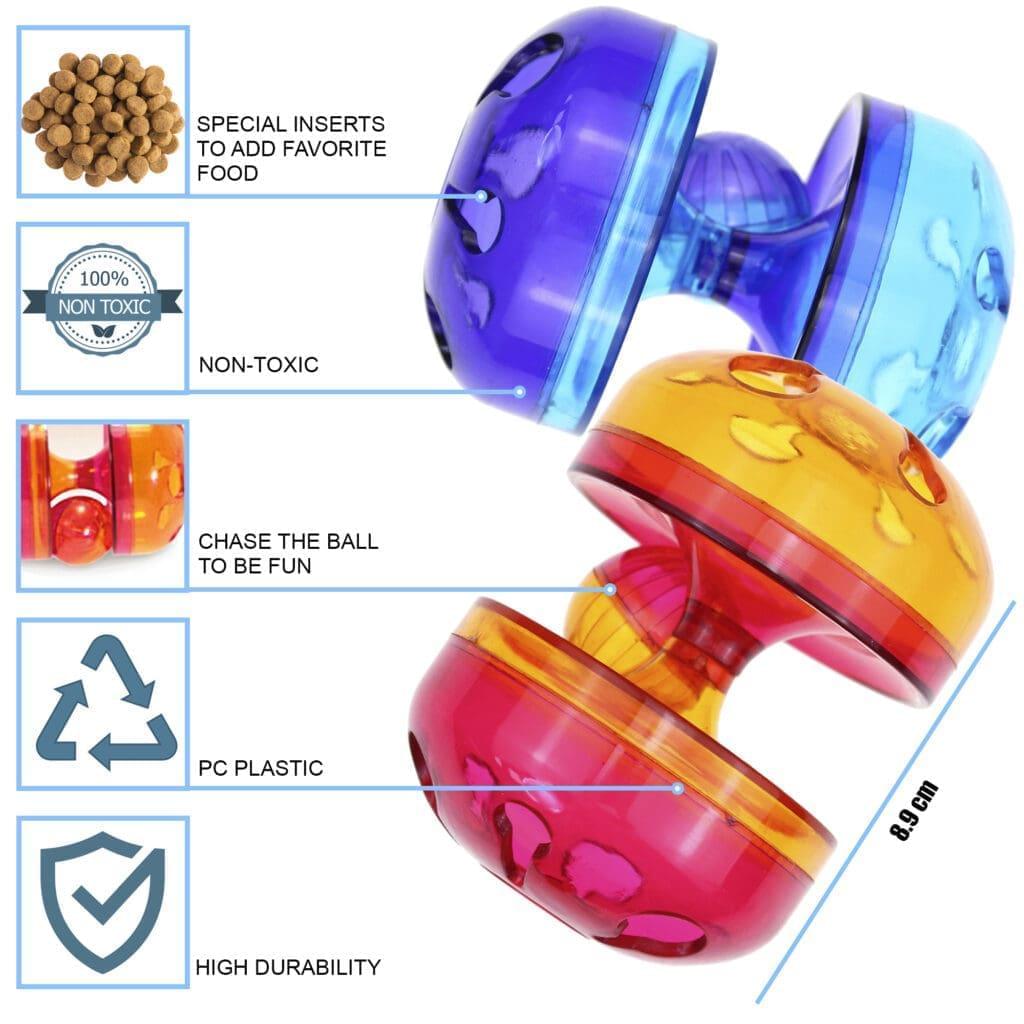
You come home from a tiring day at work, all excited to spend some quality time with your furry pal. But as soon as you step in, you see your cat lazily lying on the floor. This feels odd to you as you're used to being welcomed by an overly excited and clingy cat.
This starts to make you wonder what's up with your feline pal. One possible reason can be that your cat is depressed.
Yes, you read that right. Cats can be depressed just like humans. And here is why.
Why is my Cat Sad?

Cats can exhibit signs of sadness or depression for various reasons. Identifying the causes of depression may require observation and, at times, professional veterinarian advice.
Common factors contributing to cats' signs of sadness or depression include:
-
Health Issues
At times, cats may conceal pain, and this can be a pretty solid reason behind your cat's depression. You may notice that your cat is showing signs of illness, has behavior changes, is not eating enough, or is lethargic.
To confirm these causes behind your cat's behavior, consult a board-certified animal behaviorist.
-
Changes in Environment
Cats have a habit of becoming comfortable with their surroundings. And if they notice that their comfy environment has changed, they become depressed.
Your furry friend might get depressed if you've moved to a new home, rearranged the furniture, or got new pet buddies or family members. These changes give a big hit to their sense of routine and security, which results in depression.
-
Loss or Absence
Mostly, people assume that cats don't have a lot of emotions and tend to show a lot of attitude. But that's not entirely true. The reality is that cats are a big fuzzy ball of emotion, and they get attached to their owners and fellow pet companions.
If they experience a loss of a pet friend or human, they become depressed. Another reason for their depression is when you travel and leave them alone at home. On your return, you may notice that your furry friend is showing signs of depression.
-
Boredom or Lack of Stimulation
Cats are not lazy pets. They require frequent physical and mental stimulation to stay happy.
Lack of interaction and playing can result in boredom, which can cause your cat to feel depressed.
-
Environmental Stressors
There are certain factors in the environment that can cause your furry friend to feel depressed.
For instance, your cat may not be a fan of loud noises. They might also feel sad if they get into occasional fights with other pet family members. Even changes in the weather can cause your cat to feel depressed.
Symptoms of Cat Depression

Now, let's take a look at some of the symptoms of depression that you might notice in your cats.
-
Changes in Eating Habits
Monitor not only the quantity but also the quality of your cat's food intake. A sudden disinterest in favorite treats or a significant decrease in kitty overall consumption may signify depression.
Conversely, some cats may cope with illness by overeating. Regular veterinarian check-ups are essential to rule out any underlying health issues the are contributing to these changes in behavior.
-
Altered Sleep Patterns
Pay attention to disruptions in your cat's sleep routine. Whether your cat becomes excessively lethargic or exhibits insomnia, deviations from their usual sleep patterns may indicate emotional distress.
If signs of depression and sleep disturbances persist, a vet can help identify potential causes, treatments, and solutions.
-
Withdrawal
You may notice that a normally affectionate cat may start avoiding human contact. They may retreat to secluded areas, or isolate itself from humans
,and other pets. This may be because your pet is experiencing emotional discomfort. -
Litter Box Issues
You may come across changes in bathroom behavior in sad or depressed cats. These include refusing to use the litter box or experiencing frequent accidents.
Visit your vet to rule out medical issues. They may also help you identify environmental changes or new stressors that might be contributing to this changed behavior.
-
Reduced Grooming
Cats are typically meticulous groomers, but if they stop grooming it can be a sign of a medical condition or emotional distress.
A dull or unkempt coat may indicate physical illness or a lack of participation in personal care, prompting the need for additional attention and reassurance.
-
Vocal Changes and Hiding
Observe alterations in your pet cat's vocalization patterns. Increased meowing or complete silence can both be signals of emotional unease and feline depression.
While some cats with feline depression may become more vocal in seeking attention, others may withdraw and become unusually quiet. Understanding these changes can aid in determining the best approach for support.
Cats seeking solitude may choose unusual hiding spots, like closets or under furniture. This behavior can indicate a desire to escape stressors.
-
Decreased Playfulness
A once-playful cat exhibiting disinterest and losing interest in cat toys or interactive games may be struggling with depression.
You may also notice that their playtime has decreased substantially. All this may indicate that your furry friend is going through depression.
-
Physical Symptoms
Depression and anxiety can manifest physically, leading to weight loss, muscle atrophy, and a lack of appetite, energy, and enthusiasm for exploration.
Regular vet check-ups for a cat's depression is essential to rule out any potential underlying health issues.
How to Cheer a Depressed Cat?
Now, let's take a look at ways you can use to cheer your depressed cat.
-
Companionship With Sad Cat
If your cat previously enjoyed the company of other cats or pets, consider adopting a companion. However, introduce new pets gradually and monitor their interactions to ensure a positive relationship.
-
Interactive Playtime
Engage your cat in interesting play sessions using toys like feather cat wands or laser pointers. This not only promotes physical activity but also strengthens the bond between you and your cat. Be patient and let your cat become comfortable with the pace, ensuring the play is enjoyable and stress-free.
-
Comforting Routine
Establish a consistent daily routine and a work schedule, including regular feeding times, play sessions, and quiet moments for bonding. Cats find comfort in predictability. A structured daily routine can, for many cats, provide a sense of security, helping alleviate stress cat, depression, and sadness.
-
Environmental Enrichment For Depressed Cats
Enhance your cat's surroundings by providing scratching posts, climbing structures, and cozy spots for resting. Creating a stimulating and enriching living space helps combat boredom and promotes mental well-being.
Rotate toys regularly to maintain novelty and interest, preventing monotony that can contribute to cats' depression.
-
Sunshine and Fresh Air
Ensure your cat has access to sunlight and fresh air. Opening curtains or blinds during the daytime allows light to filter in, positively impacting your cat's mood.
Additionally, providing supervised outdoor time in a secure area can offer new sensory experiences and mental stimulation.
-
Calming Scents
Introduce calming scents like Catnip Tea for Cats or pheromone diffusers in your home. These scents can have a soothing effect on cats and promote a sense of well-being. Place these items in areas where your cat spends quality time to create a serene atmosphere.
-
Interactive Feeding
Make kitty mealtime more engaging by using puzzle feeders or hiding small portions of different types of food around the kitty house. This not only stimulates your cat's natural hunting instincts but also provides mental stimulation for spending quality time together. This helps turn a basic necessity into an enriching activity.
-
Positive Reinforcement
Reward positive behavior with treats or affection to reinforce a connection between positive experiences and your cat, pet, or presence. This positive reinforcement can help reshape your cat's perception and behavior of their surroundings and interactions, contributing to a more positive emotional state.
Final Words!
In conclusion, fixing depression in cats involves a combination of creating a stimulating environment, addressing their physical and emotional needs, playing, and maintaining a consistent and caring routine.
Providing enrichment, interactive play, and secure space while monitoring their health ensures a positive atmosphere. Remember that every cat is unique, so observing their preferences and adjusting your approach accordingly is key to a long and fulfilling pet companionship and avoiding depression.
At the end of the day, your furry friend is just looking to spend quality time with you. So if you see your cat moping, don't worry about it that much and just show some love.
















